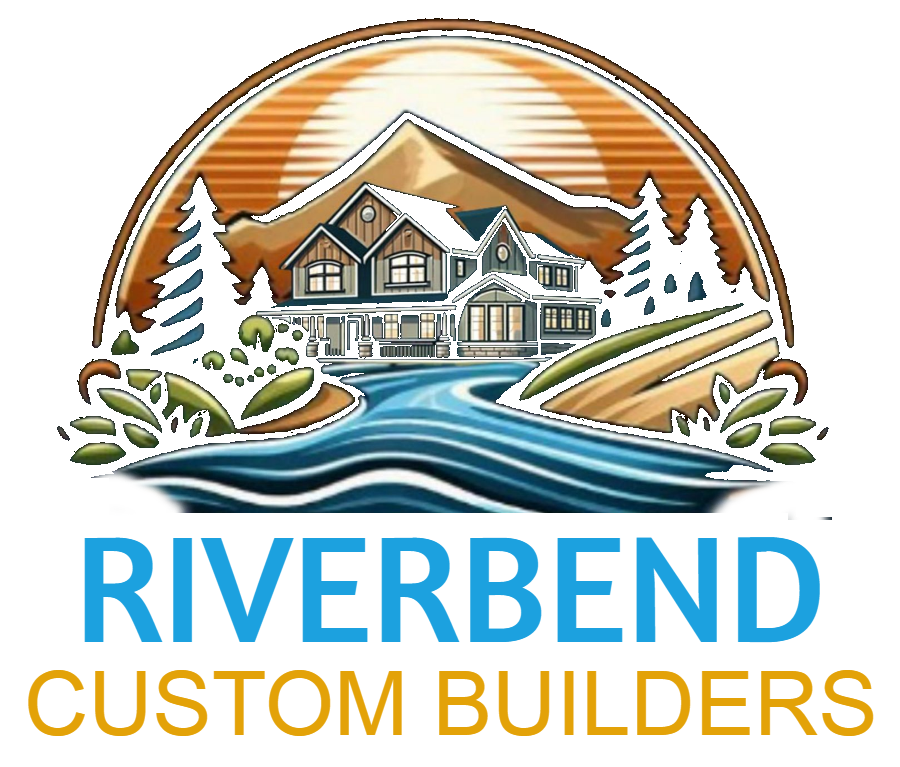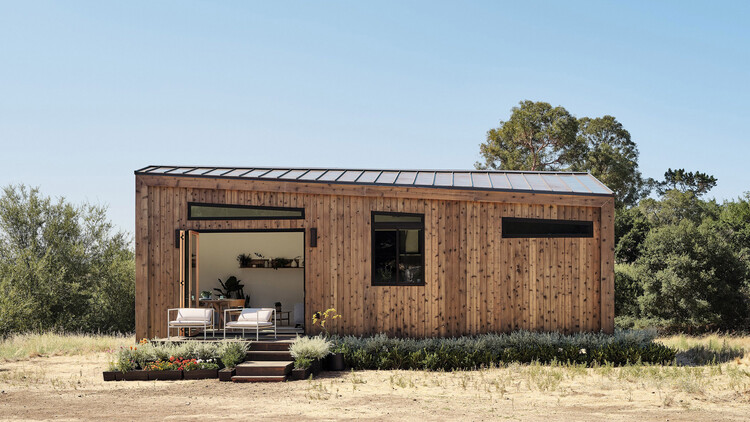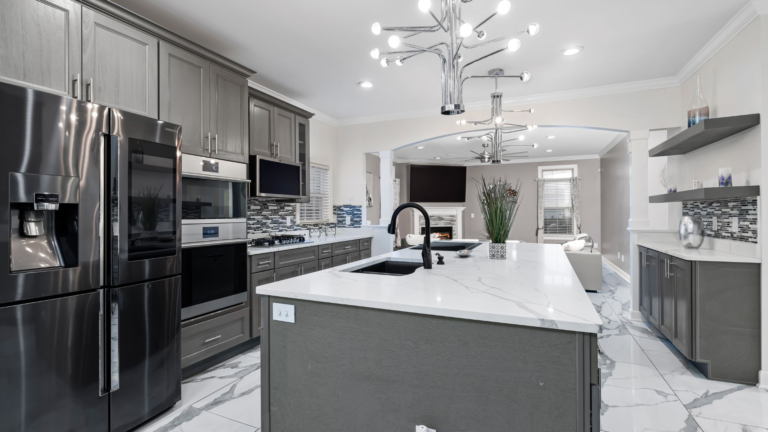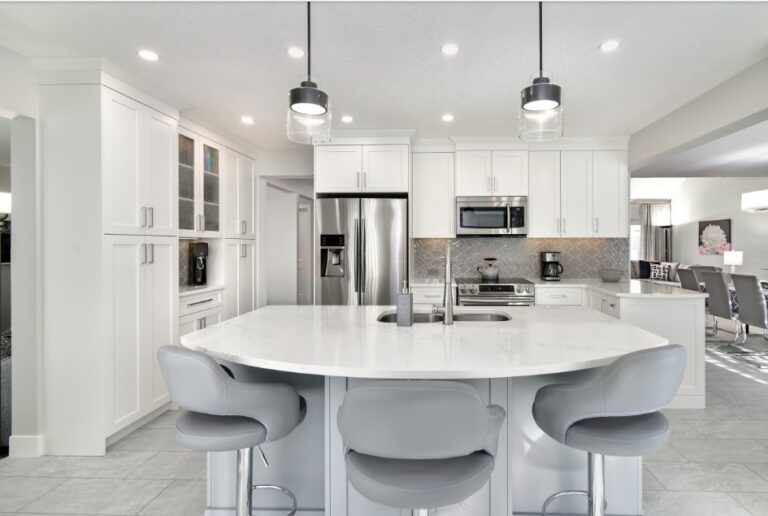Accessory Dwelling Units (ADUs) are transforming how we think about housing. The concept may sound new, but ADUs have been around for years, evolving from quaint backyard cottages to modern living spaces tailored to various needs.
Whether offering a cozy home for aging parents, creating rental opportunities, or providing a private retreat for guests, these versatile structures serve multiple purposes.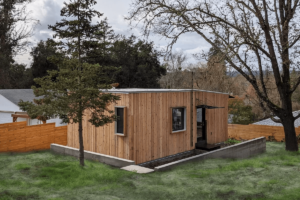
In East Tennessee, where community and family ties run deep, the rise of ADU buildings is reshaping neighbour hoods and enhancing lifestyles. As more homeowners recognize their potential benefits—affordability, flexibility, and sustainability—the landscape of residential living is changing remarkably.
Let’s explore how this trend is gaining momentum in our region and why it could be the key to addressing housing challenges while fostering close-knit communities.
The Growing Popularity of ADUs in East Tennessee
Accessory Dwelling Units (ADUs) are gaining traction across East Tennessee. Homeowners are increasingly recognizing the versatility and potential these units offer.
With rising housing costs, ADUs provide an affordable solution for families looking to downsize or supplement their income through rental opportunities. Creating a separate living space on the existing property is appealing.
The region’s scenic beauty adds another layer of allure. Many people want to stay close to family while enjoying independence. An ADU can be a cozy retreat or a place for aging parents, blending convenience with comfort.
Local governments are also embracing this trend by streamlining permitting processes, making it easier than ever for residents to build these structures. Community interest in sustainable living further fuels this movement as many choose eco-friendly designs that fit seamlessly into their surroundings.
Benefits of Building an ADU
Building an ADU offers a myriad of benefits for homeowners and the community. First, it provides additional living space, perfect for multigenerational families or guests. This flexibility can enhance your home’s functionality.
ADUs also serve as a source of rental income. Homeowners can capitalize on the growing demand for affordable housing by renting out their units to tenants. This financial boost can help offset mortgage costs.
Another significant advantage is increasing property value. An ADU adds square footage and liveable area, making your home more appealing on the market.
Moreover, these units promote sustainable living practices by maximizing land use in urban environments. Building vertically instead of spreading horizontally preserves green spaces while accommodating growth.
ADUs foster community connections by allowing families to stay close while maintaining independence. They create opportunities for shared resources and support systems within neighbour hoods.
How to Get Started on Building an ADU
Getting started on building an ADU involves several key steps. First, research local zoning laws and regulations. Understanding what is permitted in your area will save you time and money.
Next, consider your budget. Outline costs for construction, permits, and utilities. This financial plan helps set realistic expectations.
After that, design your ADU to fit both your needs and the aesthetic of your main home. Collaborating with an architect can bring fresh ideas while ensuring functionality.
Remember contractors or builders who specialize in ADUs. Their expertise will simplify the process significantly.
Gather all necessary permits before breaking ground. Patience is essential during this phase; approvals can take time but are crucial for a successful project.
Global Accessory Dwelling Units (ADUs) Market Size Forecast 2021-2031
The Global Accessory Dwelling Units (ADUs) market is poised for remarkable growth from 2021 to 2031, fuelled by a confluence of factors, including urbanization trends, an increasing need for affordable housing solutions, and the growing acceptance

of multi-generational living arrangements.
As property owners seek innovative ways to optimize their spaces amidst rising real estate costs, the appeal of Accessory Dwelling Units (ADUs)—whether tiny houses in backyards or converted garages—continues to increase.
Market analysts predict that this segment will witness significant investment as municipalities adopt zoning laws
and streamline regulations, making it easier for homeowners to build these supplementary units.
Additionally, sustainability-focused designs and smart home technologies are expected to feature prominently in new ADU constructions, aligning with contemporary consumer preferences for eco-friendly living options.
This evolving landscape presents an exciting opportunity for builders, devs, elopers, and families seeking supplemental income through rental opportunities or extra room for loved ones—all while fostering community ties within established neighbourhoods.
Conclusion: The Future of Housing in East Tennessee with ADUs
The future of housing in East Tennessee is looking brighter with the rise of Accessory Dwelling Units (ADUs). These innovative living spaces are not just a trend but a shift towards more flexible and sustainable housing options. As communities embrace ADUs, we expect vibrant neighbourhoods that accommodate diverse lifestyles.
Homeowners benefit from increased property value and additional income from renting out their ADU. Families gain space for aging relatives or young adults returning home, fostering intergenerational living. Moreover, local governments recognize the potential of ADUs to tackle housing shortages without extensive new developments.
As zoning laws evolve and resources become more accessible for building an ADU, many individuals will find this option appealing. These units’ adaptability helps meet various needs while enhancing community ties.
ADUs are becoming a vital part of East Tennessee’s housing landscape. With their versatility and economic advantages, accessory dwelling units will continue shaping how residents think about homeownership and family dynamics in the region for years to come.
